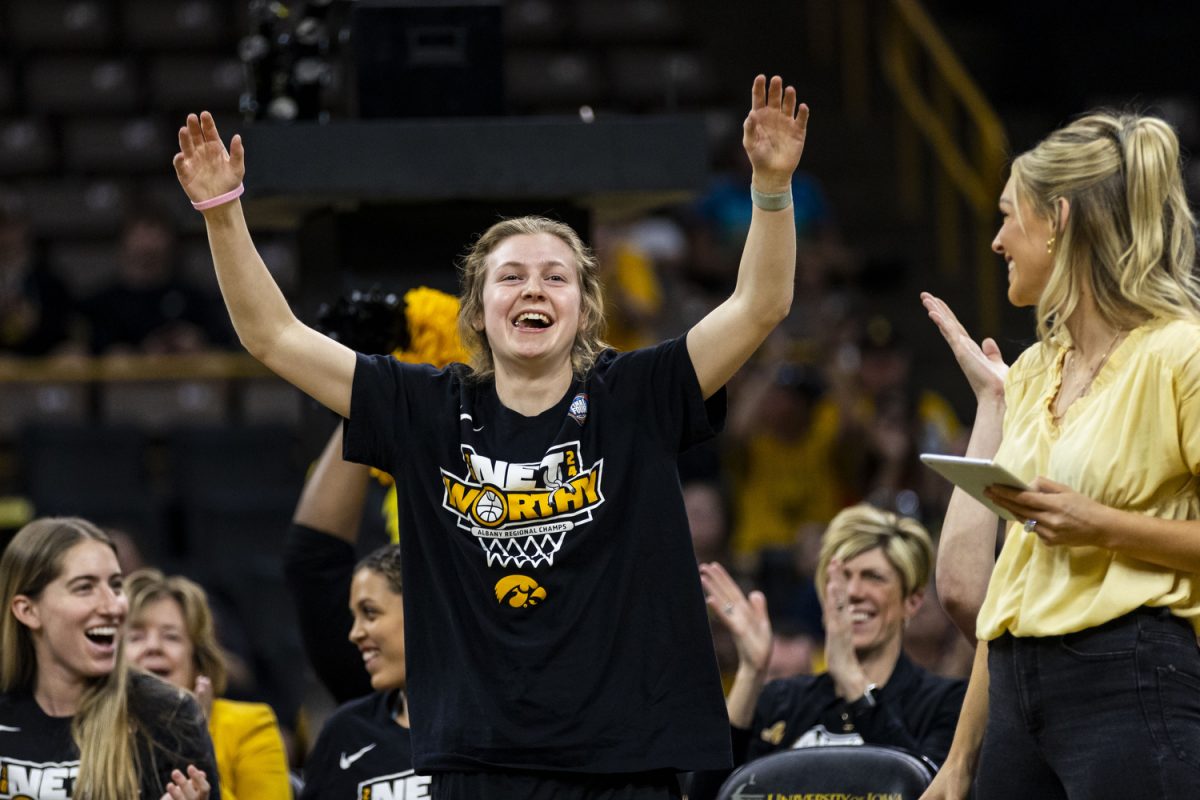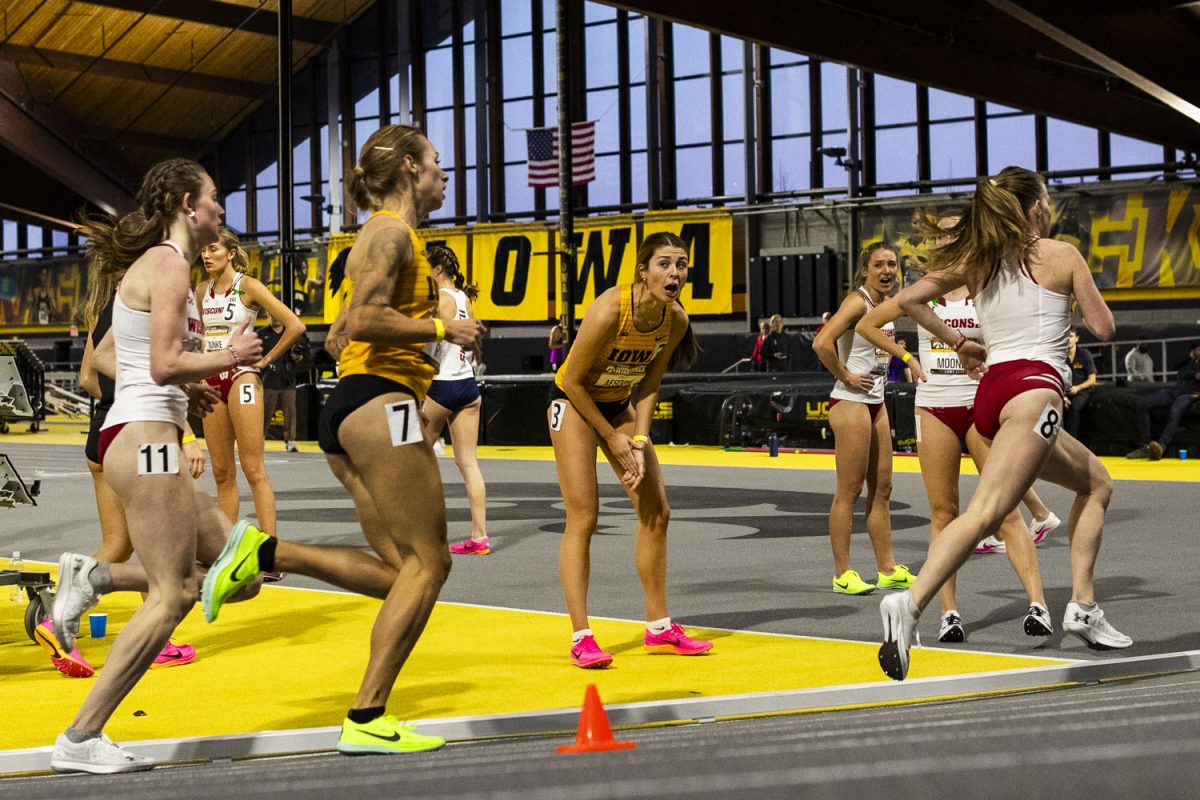It should be no surprise that, in this day and age, athletes look to technology — especially video and film equipment — to improve and critique their performance. Almost any athlete, no matter the sport, will say watching themselves on film is a valuable tool used to perfect their game.
How, then, do athletes such as swimmers critique themselves while they are below the pool surface?
The answer is submerged.
Swimmers use underwater cameras to analyze their turns, head movement, and everything in between. Iowa head coach Marc Long said the cameras are primarily used for emphasizing parts of the swimmers’ stroke and overall technique that need fixing.
"To put it simply, we can’t see underwater very well," the eight-year head coach said. "These cameras allow the swimmers to see a different angle, different perspective. Sometimes they have never seen themselves on tape. Any different angle we can use allows the swimmer to see their stroke; mechanics are huge in swimming, so something like this is important."
The concept of putting cameras underwater isn’t new; the swimming team acquired the video equipment during the final years at the Field House before moving to the new Campus Recreation & Wellness Center. But senior Paul Gordon said the new pool and state-of -the-art facility make the conditions for using the cameras ideal.
"We had them [the cameras] in the Field House, but they work a little better in here," the all-American said. "The floor and pool are better for it. They have really helped me track the improvements I have made, and the improvements that I am trying to make."
The Hawkeyes have four cameras, which are usually hooked up to just one or two lanes prior to practice. By putting all four cameras in one lane, the swimmers are able to get out of the pool and see every single aspect of their lap on a monitor in TiVo-like fashion. Sophomore Dustin Rhoads lauded the ability to see himself swim on camera and said he believes he has drastically improved because of the equipment.
"I primarily use the cameras to check out my technique," the sophomore said. "In a race, you’re going so fast, you’re not really thinking about your turns. It’s good to take a look at the film and notice if you’re lifting your head or out of position."
The team rarely chooses to use the cameras in competition, though, because they’re best used when they are all pointed on one person — and because both coaches must agree to put them in the pool.
The divers use similar cameras to watch their dives, and they are able to see exactly what they did right or wrong as soon as they get out of the water.
Even though it may be hard to pinpoint what went wrong on any given lap, Rhoads said the cameras make it easy — and the advantage they give to the swimmers is undeniable.
"Every stroke is different," the Ames native said. "But the cameras allow you to slow down and pause and see if you’re doing something like lifting your head out of position. It’s just these little things that help you. In swimming, first and second [place] is separated by so little time that anything you can do to get better helps. These cameras show us ways that we can get better."






